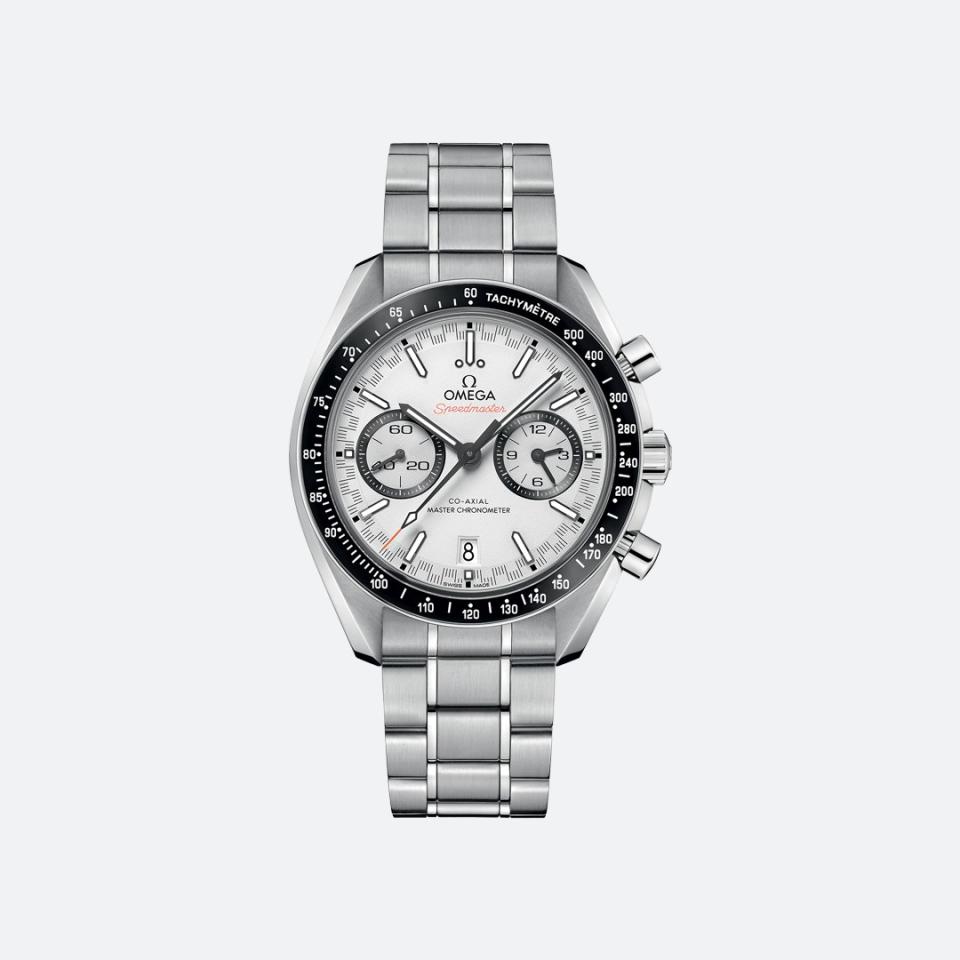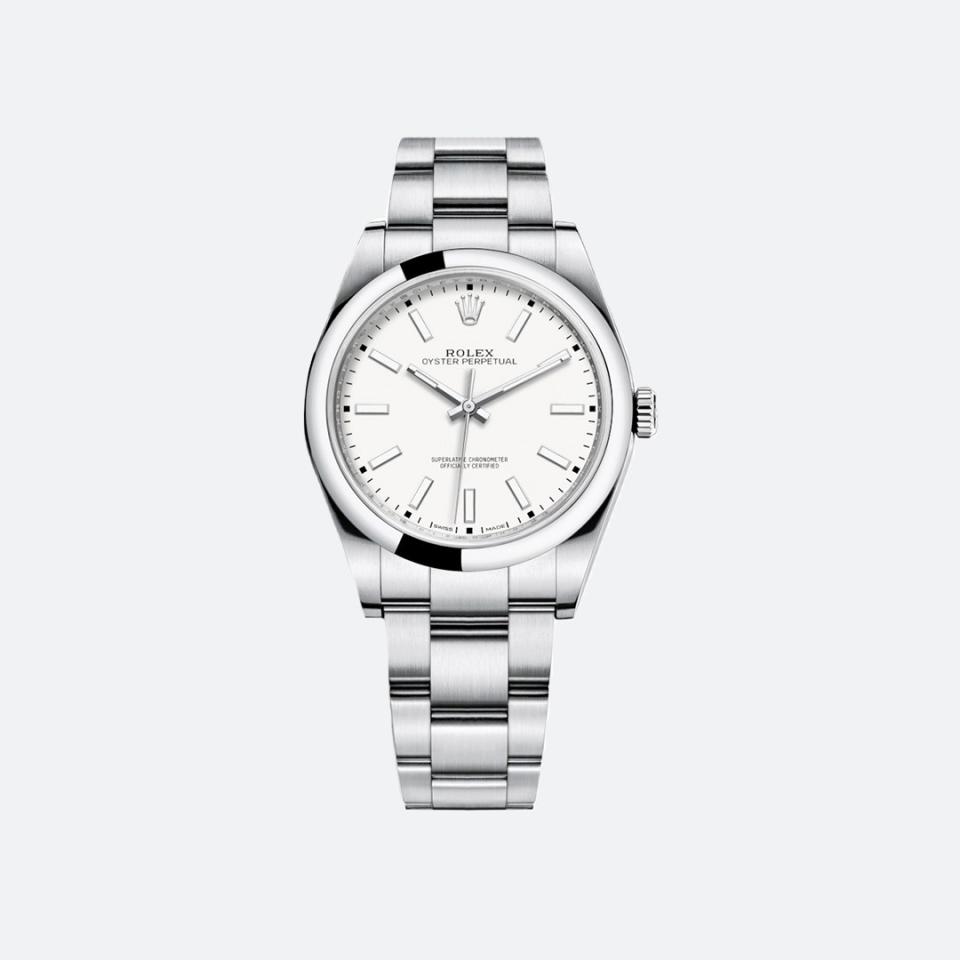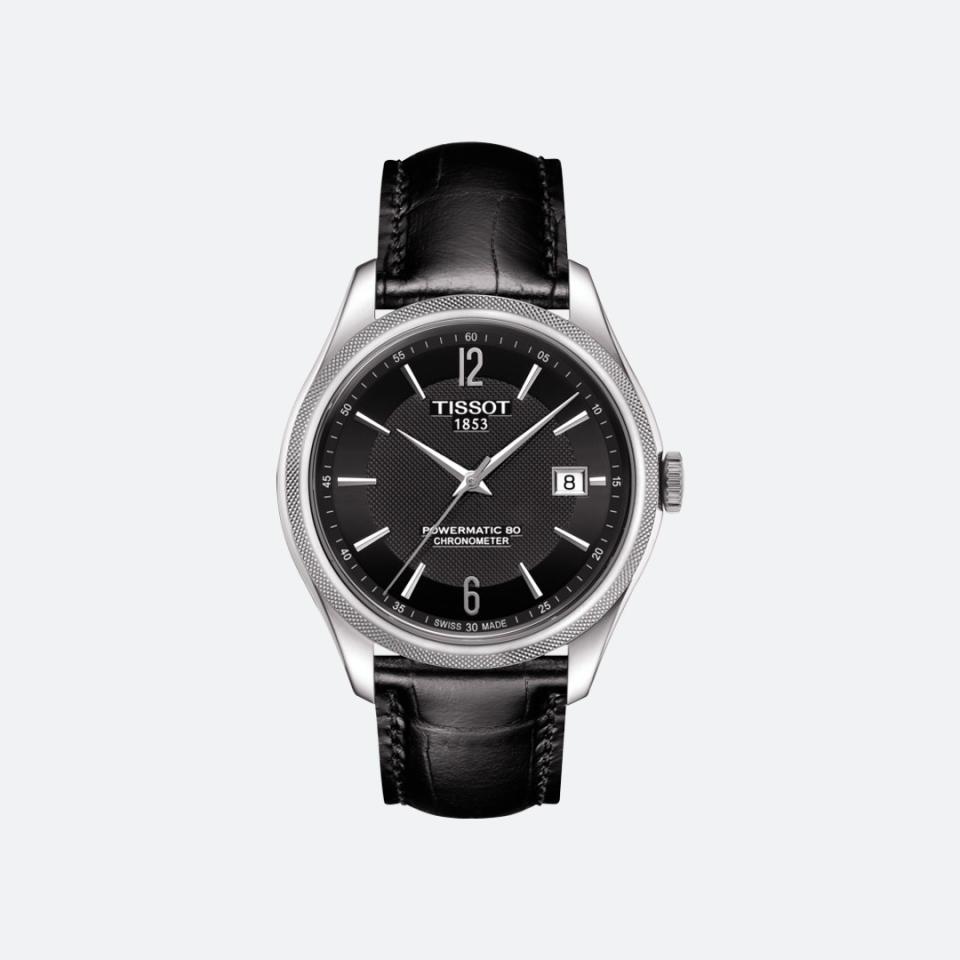Chronometers Are The Best Timekeeping Devices in the World. So What Exactly Are They?
Reading about watches can often feel like cracking open a textbook. Browsing—and even buying—means being barraged with inscrutable words and phrases like "tourbillons,” “perpetual calendars,” “minute repeaters,” and so on. So here, we'll be breaking down the meaning, history, and importance of different watch terms. Welcome to GQ's Watch Glossary.
Not all watches are created equal, and because of that, not all watches are named equally, either. And when it comes to names, the watch industry has a flair for the dramatic. A stopwatch, for instance, is not just a stopwatch—it’s a chronograph. A dial ravaged by sunlight is not damaged goods—it’s tropical. And a watch that’s really excellent at its job—you know, keeping down-to-the-second time—is known as a chronometer.
The word chronometer was first used by English clockmaker Jeremy Thacker in the year 1714. Under the assumption that locking air out would make the timepiece more precise, he invented a vacuum-sealed clock. And then he gazed upon his creation, and called it a chronometer. In the 300-plus years since, the word has been stretched and twisted and leveraged for sales and good marketing, but it’s mostly maintained its original spirit: chronometers are the most accurate of timepieces.
Like all major titles—Olympic gold medalist, Nobel Peace Prize winner, People’s Sexiest Man Alive—the chronometer badge is highly coveted, difficult to obtain, and awarded only after a rigorous test. Over the course of the 20th century, observatories in Europe hosted competitions for the most accurate timepieces. The competitions were so brutal that watchmakers developed pieces for the sole purpose of winning that weren’t actually usable as day-to-day timepieces. But those competitions eventually cooled into something slightly more lenient.
Today, chronometer certification is handled by the Swiss organization Contrôle Officiel Suisse des Chronomètres (The Official Swiss Chronometer Testing Institute, or COSC). The COSC, founded in 1973, has taken it upon itself to test Swiss-made watches for their precision and timekeeping ability with a gauntlet of challenges.


According to the COSC, testing occurs over 15 days and involves putting the watch in a variety of positions and exposing it to different temperatures. Pieces sit in chambers dialed in to 46, 73, or 100 degrees fahrenheit for a full 24 hours. At the end of the 24 hours, if the watch is more than six seconds ahead of four seconds behind, it fails. Only three percent of watches manage to measure up to the COSC’s standards.
For brands, the reward for turning a watch over to the COSC and passing its tests is chronometer certification: proof of a spectacular, well-made timepiece. Breitling, for example, insists on having every single one of its watches certified, while brands with much higher production, like Rolex and Omega, only submit the crème de la crème. Still, according to the latest report from 2015, Rolex made the most chronometer-certified watches that year, followed by Omega. But not every chronometer is a five-figure piece: brands like Tissot makes ones that safely fall under a grand.

These days, highly accurate timekeeping is low on the list of most watch buyers’ priorities. Mechanical watches are treated more akin to jewelry, and plenty of dudes readily admit to not even winding theirs. Plus, even the most accurate watches will never come close to the precision available to most people through phones. Still, the chronometer endures. It’s an efficient marketing gambit—but it’s also a way for brands and customers alike to take pride in not just the beauty of the watch but the incredible mechanism powering it.
Originally Appeared on GQ

